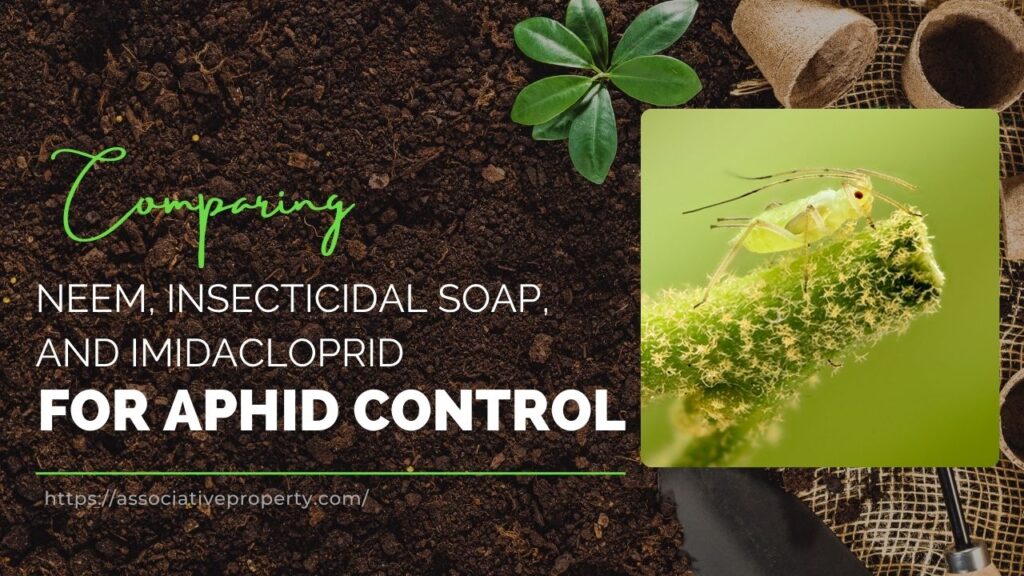Over the years, I’ve helped thousands of plant lovers, from total beginners to long-time plant parents, figure out which Indoor Plants truly work.
Today, I want to share with you my top 10 favorite easy-care plants. These are the ones I always recommend when someone is just starting their plant journey or struggling to keep plants alive. But don’t worry — this isn’t just a list. I’ll walk you through care tips, what to expect, and how to pick the right plant for your lifestyle.
Before You Pick a Plant…
Before getting into the list, I want to talk about four key things you should consider:
1. Lifestyle
Ask yourself: How often are you home? Do you travel a lot? Have a busy family or social life? Be honest about how much time you can realistically spend with your plants.
2. Light
Check your light situation. Do you get no sunlight, some indirect light, or full sun all day? This determines what kinds of plants can grow in your space.
3. Space
Think about the area where your plant will live. Will it have room to grow? Plants come in all shapes — tall, wide, hanging — so match the plant to the space.
4. The Pot
Choose a pot with drainage. Avoid letting your plant sit in water or stay too long in nursery pots. This can lead to serious root problems.
What Makes a Plant “Easy”?
To me, an easy plant:
- Needs water infrequently
- Is vocal when thirsty (you’ll see the signs)
- Tolerates a range of light conditions
- Is forgiving if neglected
- Isn’t highly prone to pests
- Needs only occasional pruning or cleaning
Now, let’s get into the stars of the show!
| # | Plant Name | Growth Rate | Mature Size (H × W) | Pet Safe? 🐶🐱 | Air Purifier? 🌿 | Monthly Maintenance Time |
|---|---|---|---|---|---|---|
| 1 | Snake Plant | Slow | 2–4 ft tall, 1–2 ft wide | ❌ Toxic | ✅ Yes | ⏱️ ~30 mins |
| 2 | Jade Plant | Slow | 3–6 ft tall, 2–3 ft wide | ❌ Toxic | ⚠️ Minimal | ⏱️ ~45 mins |
| 3 | Ponytail Palm | Very Slow | Up to 6 ft tall indoors | ✅ Safe | ⚠️ Minimal | ⏱️ ~40 mins |
| 4 | ZZ Plant | Slow | 2–3 ft tall, 2 ft wide | ❌ Toxic | ✅ Yes | ⏱️ ~45 mins |
| 5 | Aglaonema | Moderate | 2–3 ft tall, 2–3 ft wide | ❌ Toxic | ✅ Yes | ⏱️ ~50 mins |
| 6 | Pothos | Fast | Vines up to 10 ft+ long | ❌ Toxic | ✅ Yes | ⏱️ ~1 hr |
| 7 | Philodendron | Moderate–Fast | Vines up to 8–10 ft long | ❌ Toxic | ✅ Yes | ⏱️ ~1 hr |
| 8 | Dracaena Lisa | Slow | 4–6 ft tall, 2–3 ft wide | ❌ Toxic | ✅ Yes | ⏱️ ~45 mins |
| 9 | Bromeliads | Slow | 1–2 ft tall, 1–2 ft wide | ✅ Safe | ⚠️ Minimal | ⏱️ ~50 mins |
| 10 | Staghorn Fern | Moderate | 2–3 ft wide (mounted) | ✅ Safe | ⚠️ Minimal | ⏱️ ~1 hr |
1. Snake Plant
This one tops nearly every “easy plant” list, and for good reason. It’s from the succulent family, which means it drinks slowly. Wait until the soil is bone dry before watering. It tolerates all light levels and needs no misting. Wipe its sturdy leaves every couple of weeks and you’re good to go.
2. Jade Plant
A favorite in feng shui for good luck and wealth, the jade plant is a tough little warrior. Like the snake plant, it prefers dry soil and medium to bright light. It has lots of tiny leaves, so I use a Swiffer to clean it gently. It grows slowly and can bounce back if you mess up.
3. Ponytail Palm
Don’t let the name fool you — it’s actually a succulent! It needs infrequent watering and adapts to any light. Cleaning those long leaves can take time, but a Swiffer or spray bottle does the trick. Trim the dry tips now and then, and you’ll keep it looking neat.
4. ZZ Plant
People love its glossy leaves. It likes its soil to be very dry before watering, though not as dry as the previous plants. It grows slowly but can get tall, so prune it all the way down to soil level if needed. Cleaning is a bit trickier — a damp cloth works best on those textured leaves.
5. Aglaonema
This plant has a round, bushy shape and comes in several beautiful varieties. Water it when the soil is halfway dry, and keep it away from direct sunlight. It appreciates misting, especially during heating season. Wide leaves make it easy to clean, and pruning helps control size and shape.
6. Pothos
I adore this one for its cascading vines. It droops dramatically when thirsty — a perfect visual cue! Water when the soil is halfway dry. Pothos loves light misting, is pest-prone (especially mealybugs), and grows quickly. Prune those long vines to keep the top full and lush.
7. Philodendron
Another trailing plant, but a bit more subtle. It needs almost-dry soil before watering. It’s quieter about its thirst, but the leaves will eventually droop. It likes medium to bright light and some misting. Prune to control legginess and encourage bushiness.
8. Dracaena Lisa
Tall and elegant, this one thrives in low-light spaces, making it great for offices. Water when the soil is mostly dry. Mist it now and then, and wipe down those many leaves monthly. The leaf tips may brown in low humidity, but you can trim them neatly.
9. Bromeliads
They bloom only once, but their foliage is stunning! These guys like regular drinks — when the top few inches of soil are dry. Mist the leaves often and keep them in bright to medium light. If the plant gets too wide, trim back gently.
10. Staghorn Fern
Such a unique, sculptural plant! Mine is mounted on wood with sphagnum moss. It drinks a lot — I water mine weekly in the shower! Let the moss dry fully before re-watering. Mist lightly if needed. If it grows too wide, trim the outer leaves back.
Which One Will You Choose?
Every plant on this list has its own personality, but all of them are beginner-friendly and quite forgiving. Whether you want a tall stunner or a lush trailing friend, there’s something here for you.
Which plant do you think suits your space and lifestyle best? I’d love to hear in the comments.
Until next time — happy planting and lots of green luck!
Frequently Asked Questions: Easy Indoor Houseplants
1. How do I know if I’m overwatering my plant?
As a professional gardener, I can tell you that overwatering is the most common killer of Indoor Plants. Signs include:
- Yellowing leaves
- Mushy stems or root rot
- Mold or fungus gnats near the soil
- Consistently wet soil (use a moisture meter or your finger)
Pro Tip: Always check the top 1–2 inches of soil before watering. If it’s still damp, wait.
2. Can I use tap water for all Indoor Plants?
Not always. Some plants (like Calatheas, not on our list) are sensitive to fluoride and chlorine found in tap water. The plants on our list, however, are generally tolerant. Still, if you notice brown tips on leaves:
- Let tap water sit out overnight to let chlorine evaporate
- Or use filtered or rainwater for sensitive varieties
3. What is the best fertilizer for beginner Indoor Plants?
Stick to balanced, water-soluble fertilizers like a 10-10-10 or 20-20-20 ratio. Apply every 4–6 weeks during the growing season (spring and summer). Avoid fertilizing in winter when most plants are semi-dormant.
Important: Always dilute fertilizer to half strength for indoor use. More isn’t better — over-fertilizing can burn roots.
4. Should I repot a new plant right after buying it?
Not immediately. Let the plant acclimate to its new environment for 2–4 weeks. If it’s rootbound or in a nursery pot with poor drainage, yes, repot — but only once it’s settled in. Use fresh, well-draining soil and a pot with drainage holes.
5. How do I increase humidity for tropical houseplants?
For plants like Pothos, Aglaonema, and Philodendron, which prefer higher humidity:
- Mist regularly (especially in winter)
- Group plants together (they create a microclimate)
- Use a humidity tray or a room humidifier
Avoid placing them near heaters or air conditioners, which dry the air.
6. Is leaf shine spray good for my plants?
No, and I advise against it. Most commercial leaf shine products can clog leaf pores and damage your plant over time. Instead, use a moist microfiber cloth or a mix of water with a drop of mild soap to gently clean leaves.
7. How do I know when it’s time to prune?
You should prune when:
- Vines or stems become leggy or uneven
- Leaves are yellow, damaged, or dead
- You want to encourage fuller growth at the top
Always use clean, sharp scissors or pruners. Pruning not only shapes your plant but also encourages healthy new growth.
8. Can indoor plants survive in windowless rooms?
Only a few can — and even then, they need artificial grow lights to survive long-term. The plants on our list like ZZ Plant, Snake Plant, and Dracaena Lisa can tolerate low light, but not no light.
Solution: Invest in a full-spectrum LED grow light if your room lacks windows.
9. How do I prevent pest problems before they start?
Prevention is key. Here’s what I recommend:
- Inspect new plants before bringing them home
- Isolate new plants for 1–2 weeks (quarantine)
- Wipe leaves regularly to remove dust and pests
- Avoid overwatering (most pests love moisture)
Neem oil spray (diluted properly) is a safe, natural deterrent when applied monthly.
Related: Comparing Neem, Insecticidal Soap, and Imidacloprid for Aphid Control
10. Is rotating plants necessary?
Yes! Plants naturally bend toward the light source. To maintain even growth, rotate your plants a quarter turn every 1–2 weeks. This promotes symmetrical growth and avoids leaning.


